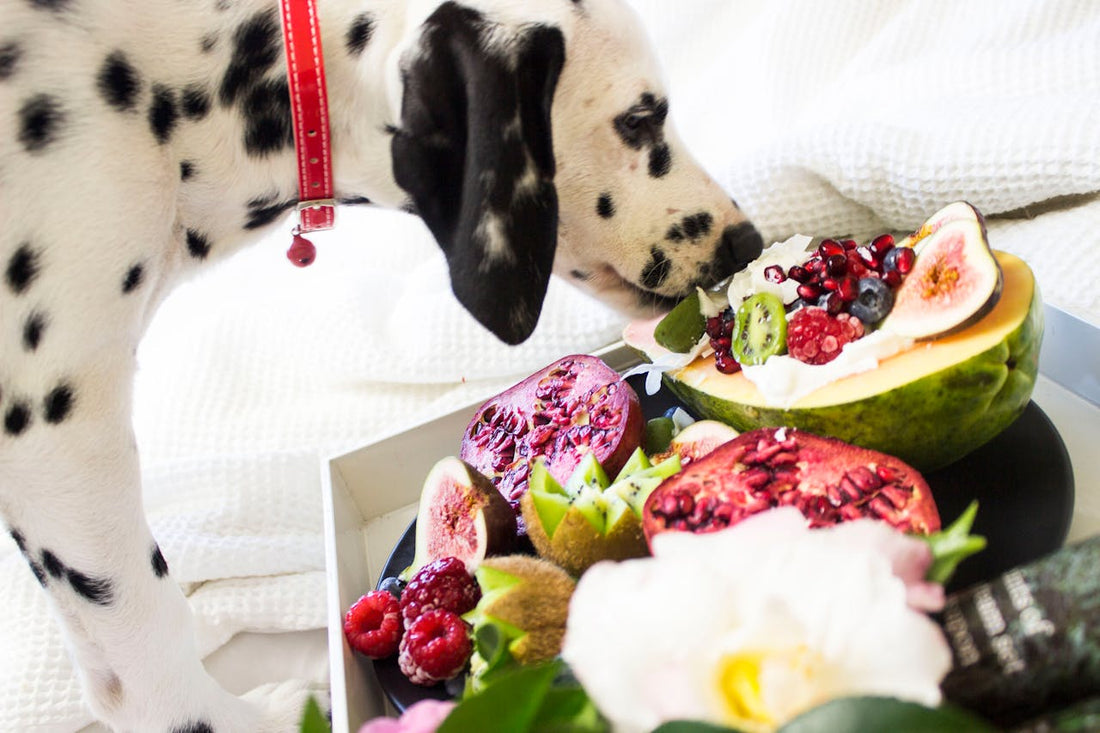The Do’s and Don’ts of Homemade Dog Food

Making homemade dog food can be a rewarding and healthy choice for your furry friend. It allows you to control the ingredients and ensure your dog is getting the nutrients they need. However, it’s essential to approach this process with care. Here’s a comprehensive guide on the do’s and don’ts of preparing homemade dog food to help you make informed decisions.
The Do’s of Homemade Dog Food
1. Do Consult Your Veterinarian
Before making any changes to your dog’s diet, consult your veterinarian. They can provide guidance on the appropriate nutritional needs based on your dog’s age, breed, weight, and health condition.
2. Do Focus on Balanced Nutrition
A well-balanced dog diet includes proteins, carbohydrates, fats, vitamins, and minerals. Here are the basic components you should include:
- Proteins: Lean meats like chicken, turkey, beef, and fish are excellent sources of protein.
- Carbohydrates: Whole grains (like brown rice or oats), fruits (like apples and blueberries), and vegetables (like carrots and spinach) provide essential carbs and fiber.
- Healthy Fats: Sources such as fish oil or flaxseed oil can improve coat health and support overall well-being.
3. Do Prepare Food in Batches
Cooking in larger batches can save you time. Divide the food into portions and store them in the refrigerator or freezer. This way, you’ll have homemade dog meals ready to serve.
4. Do Introduce New Foods Gradually
When introducing homemade food, do it gradually to avoid upsetting your dog’s stomach. Start by mixing a small amount of the new food with their regular kibble and gradually increase the proportion over a week.
5. Do Monitor Your Dog’s Health
Keep an eye on your dog’s weight, energy levels, and overall health. If you notice any changes, consult your vet to adjust the diet as needed.
The Don’ts of Homemade Dog Food
1. Don’t Skip the Research
Not all human foods are safe for dogs. Before incorporating any new ingredient, research its safety for canine consumption. Common foods that are toxic to dogs include chocolate, onions, garlic, grapes, and raisins.
2. Don’t Neglect Supplements
Even with the best intentions, homemade diets can lack essential nutrients. Consider adding veterinary-approved supplements to ensure your dog receives all necessary vitamins and minerals.
3. Don’t Use Unhealthy Fats
Avoid using unhealthy fats, such as butter or oils high in saturated fats. Instead, opt for healthier alternatives like olive oil or coconut oil in moderation.
4. Don’t Overseason Your Dog’s Food
Dogs do not need seasoning in their food. Avoid adding salt, sugar, or other spices that can be harmful to their health. Plain, whole ingredients are the best option.
5. Don’t Ignore Food Safety
Just like human food, dog food should be prepared safely. Always wash your hands and cooking surfaces, and ensure that meat is cooked thoroughly to prevent any foodborne illnesses.
Conclusion
Homemade dog food can be a nutritious alternative to commercial dog food, provided it is prepared with care and attention to your dog’s dietary needs. By following these do’s and don’ts, you can create healthy meals that will keep your dog happy and thriving.
